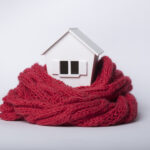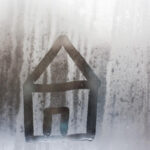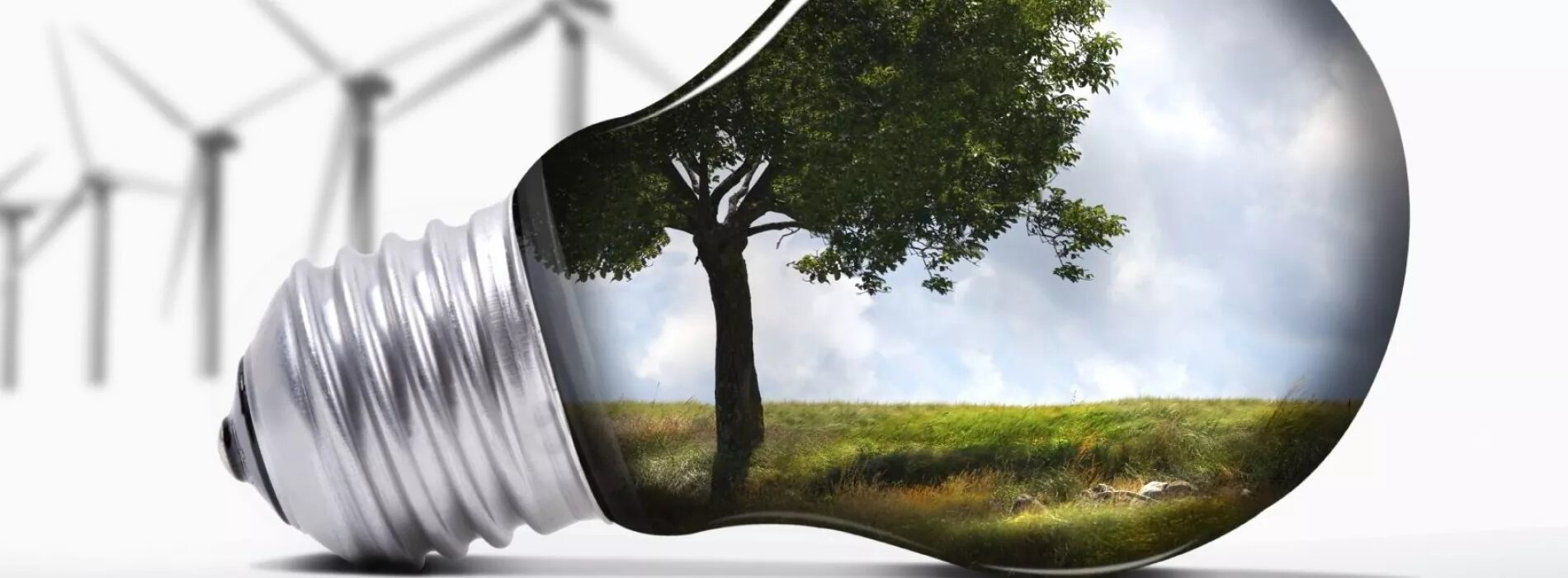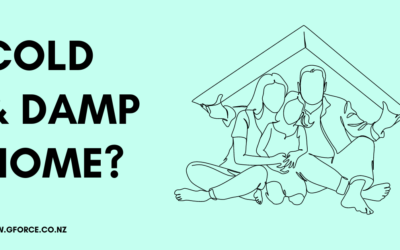According to Joe Medosch, Healthy Building Scientist at Hayward Score, “Most people know to turn off lights and to adjust the thermostat to improve energy efficiency, but find themselves stumped at what to do next.”
His advice? “Start with the easy and inexpensive fixes like swapping light bulbs, caulking or weather-stripping leaky areas, or installing occupancy sensors or timers and make a longer-term plan to replace equipment and fix more serious issues.”
Here are a few of Joe’s favourite DIY ideas for where to look in your home for ways to reduce your energy bill and improve the health of your home in the process:
- Find and seal the easy to reach air leaks. The weather-stripping around your doors can cause significant air leakage, and provide a path for outdoor contaminants and pests. Deteriorated weather stripping at one door can equal an opening the size of a soft-baseball (4in). Windows are the leakiest installation in your home and also have weather-striping around the windows that causes problems. An interior garage door with poor weather-stripping can allow carbon monoxide and other chemicals into your home.
- Swap your bulbs. Lower wattage LED (light-emitting diode) light bulbs can use 75% less energy than standard bulbs. Most LED bulbs can pay for themselves in about 12-14 months. CFL (compact fluorescent) bulbs can save slightly more, but they do contain mercury. The next improvement in reducing kilowatts is to install dimmer switches and motion sensors to reduce usage. Remember to check if your LED or CFL bulbs work with dimmers.
- Hunt for energy drains. Small appliances can use major amounts of energy when not being used. This is referred to as “phantom loads” – devices that are constantly using energy, like that old VCR or DVD player. That old second refrigerator (however nostalgic) in the garage could be major energy hog, especially if its 15 years or older.
- Check your insulation. The easiest way to do this is to get in touch with us at G-Force Healthy Homes as we offer a free Insulation Assessment – click here to book one today
- Have a professional evaluate your heating and cooling equipment. Heat pumps and air conditioners should be professionally maintained with clean filters and ducts. Units more than 15 years old should be replaced with more energy efficient sealed combustion models. G-Force Healthy Homes offer a free Heating & Cooling Assessment – click here to book one today
Whether you’ve hired a professional or done it yourself, your home energy audit will produce a list of opportunities for energy use improvement. Start with the easy and inexpensive fixes like swapping light bulbs, caulking or weather-stripping leaky areas, or installing dimmer switches and make a longer-term plan to replace equipment and fix more serious issues. Any changes, small or large, will make a difference to your carbon footprint, your energy bill and your health.
source: haywardscore.com
GET IN TOUCH WITH THE G-FORCE CUSTOMER SERVICE TEAM AND GET A FREE QUOTE. CALL 0508 088 888 OR EMAIL: SALES@GFORCE.CO.NZ
OTHER HANDY RESOURCES
- Cold and Damp Home? Why YOUR HOME’S Indoor Air Quality Matters
 We spend a significant amount of time indoors – at home, at work, even in our cars. It’s easy to assume that because these spaces offer shelter, they must be healthy environments. But the truth is, a poor indoor environment can have a surprisingly big impact on our health, especially a cold and damp home.… Read more: Cold and Damp Home? Why YOUR HOME’S Indoor Air Quality Matters
We spend a significant amount of time indoors – at home, at work, even in our cars. It’s easy to assume that because these spaces offer shelter, they must be healthy environments. But the truth is, a poor indoor environment can have a surprisingly big impact on our health, especially a cold and damp home.… Read more: Cold and Damp Home? Why YOUR HOME’S Indoor Air Quality Matters - EECA BUILDING EXPERT SHARES TIPS FOR HAVING A WARM HOME ON A BUDGET
 EECA building expert Dr Gareth Gretton shares some tips on how to prepare your home. How quickly the cold seeps into your home depends a lot on how well it’s insulated, Gretton said. “The best place to start is actually underneath… that keeps the heat in and stops the drafts coming up.” He recommends checking… Read more: EECA BUILDING EXPERT SHARES TIPS FOR HAVING A WARM HOME ON A BUDGET
EECA building expert Dr Gareth Gretton shares some tips on how to prepare your home. How quickly the cold seeps into your home depends a lot on how well it’s insulated, Gretton said. “The best place to start is actually underneath… that keeps the heat in and stops the drafts coming up.” He recommends checking… Read more: EECA BUILDING EXPERT SHARES TIPS FOR HAVING A WARM HOME ON A BUDGET - GET AN INSTANT HEAT PUMP QUOTE
 The crisp mornings and cool evenings are a gentle reminder that winter is truely on its way. For many homeowners, this means prepping the trusty heater and hoping it survives another season. But what if there was a more efficient, cost-effective way to keep your home cozy? Enter the heat pump! Heat pumps have become… Read more: GET AN INSTANT HEAT PUMP QUOTE
The crisp mornings and cool evenings are a gentle reminder that winter is truely on its way. For many homeowners, this means prepping the trusty heater and hoping it survives another season. But what if there was a more efficient, cost-effective way to keep your home cozy? Enter the heat pump! Heat pumps have become… Read more: GET AN INSTANT HEAT PUMP QUOTE - How do I get AN insulation GRANT IN NZ?
 The Warmer Kiwi Homes Government programme offers insulation grants to low-income home owners (you must be a owner-occupier). You can get 80% paid for by the warmer kiwi homes grant.
The Warmer Kiwi Homes Government programme offers insulation grants to low-income home owners (you must be a owner-occupier). You can get 80% paid for by the warmer kiwi homes grant. - MARCH HEAT PUMP SERVICE SPECIAL*
 Heading into winter is a great time to get a heat pump service. Check out our Heat Pump Servicing special below and book your clean in so you can enjoy a warm home this winter. Specialoffer $170 + gst
Heading into winter is a great time to get a heat pump service. Check out our Heat Pump Servicing special below and book your clean in so you can enjoy a warm home this winter. Specialoffer $170 + gst - How much does it cost to install a heat pump NZ?
 Heat pumps are good for your wallet and the environment but how much does it cost to install a heat pump in New Zealand? Below we will cover some different types of models, their costs – which also includes installation cost.
Heat pumps are good for your wallet and the environment but how much does it cost to install a heat pump in New Zealand? Below we will cover some different types of models, their costs – which also includes installation cost.



